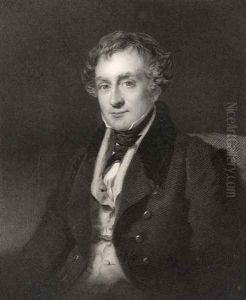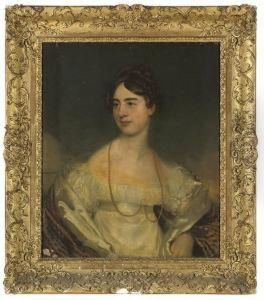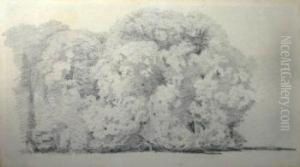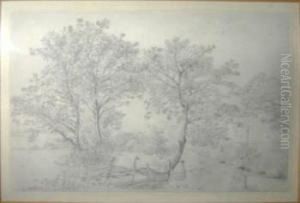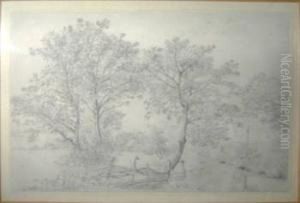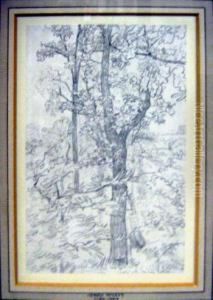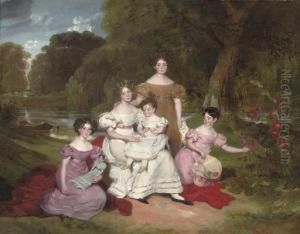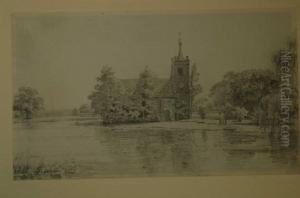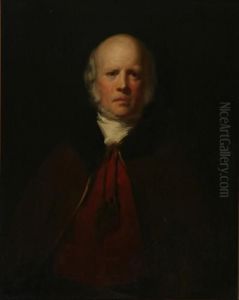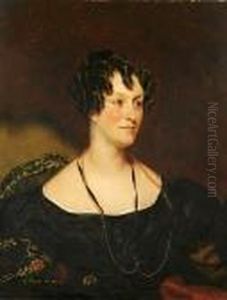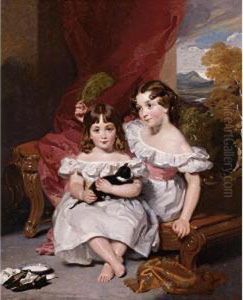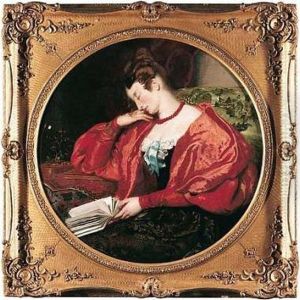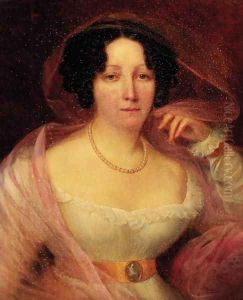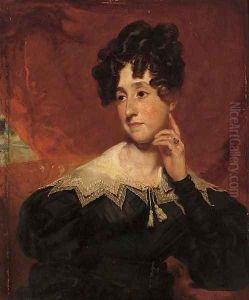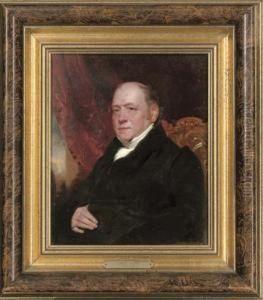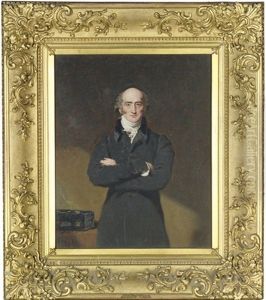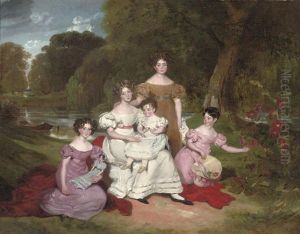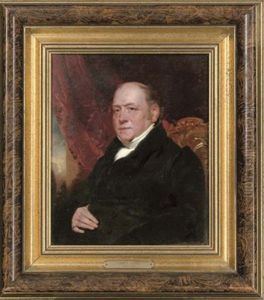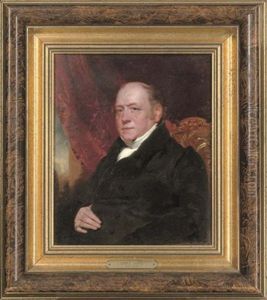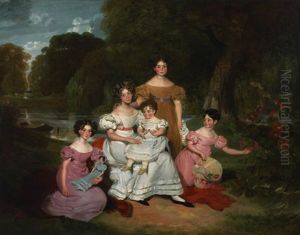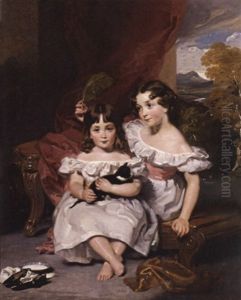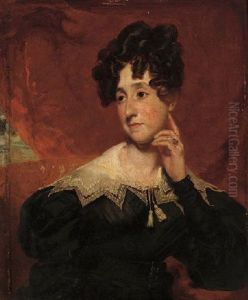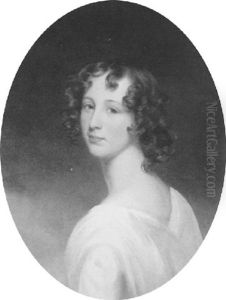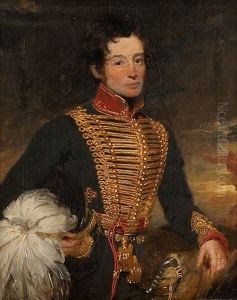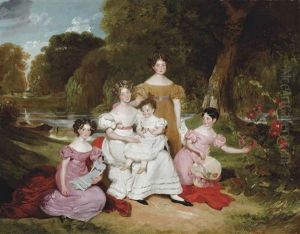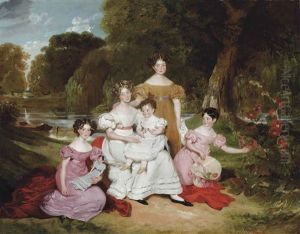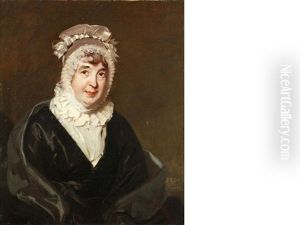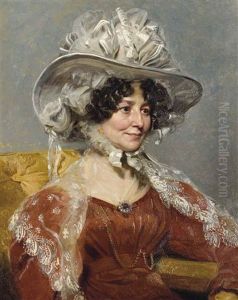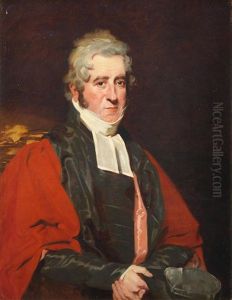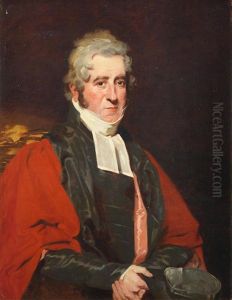Henry Wyatt Paintings
Henry Wyatt was an English painter, primarily known for his portrait works. Born in 1794, Wyatt lived during a period of significant social and artistic transition, which is reflected in the evolution of his artistic style throughout his career. Although not as widely recognized as some of his contemporaries, Wyatt made a notable contribution to the English art scene of the early 19th century.
Wyatt's early life is somewhat obscure, but it is known that he developed an interest in art at a young age. He likely received his initial training from local artists and through self-study, a common practice at the time for emerging artists. As he matured, his talent for capturing the likeness and character of his subjects began to earn him commissions from the rising middle class, who desired portraits to cement their social status.
Throughout his career, Henry Wyatt's work was characterized by a keen attention to detail and a profound ability to convey the personality of his sitters. This was a period when portrait painting was highly in demand, and Wyatt's skills made him a preferred choice for many. His portraits are noted for their depth of expression and the subtle interplay of light and shadow, techniques that he mastered over years of practice.
Despite his success as a portraitist, Henry Wyatt's name is not as prominent in the annals of art history as some of his peers. This may be due in part to the limited scope of his subject matter and the fact that he did not engage extensively with the more fashionable historical and landscape painting scenes of his day. However, his contributions to the development of portrait painting in England during the early 19th century are undeniable.
Henry Wyatt died in 1840, leaving behind a body of work that, while not extensive, is a valuable snapshot of English society during a time of great change. His portraits remain a testament to his skill and sensitivity as an artist, capturing the essence of an era through the faces of its people. Today, Wyatt's paintings can be found in various art galleries and private collections, offering insight into the artist's life and times as well as the broader historical context in which he worked.
